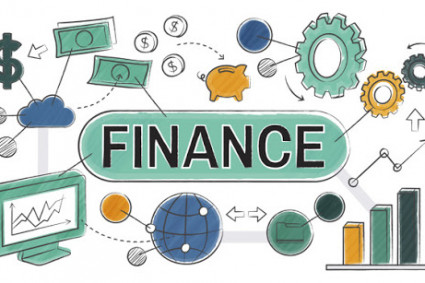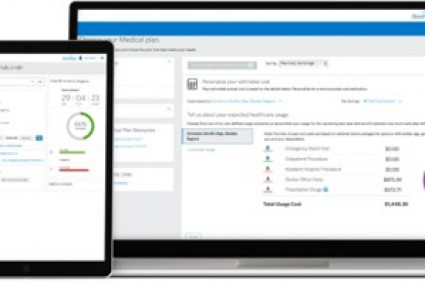
Apparently, there are no assurances in the tangled world of economics and finance. Market vagaries determine the rise and fall of prices. Money is exchanged umptillion times per day. In the middle of all this uncertainty, it is only right that financial professionals should want to engineer a contract with values and timelines so fixed as to be rigid. A derivative is one way in which this is achieved. However, as often happens, a purported ‘solution; tends to confound the prevailing confusion. Derivative trading oriented towards optimum profits is not all that far-fetched.
What are derivatives?
Essentially, derivatives are fairly simple and straightforward, aiming for simplicity. At the very simplest level, a derivative is simply a mutual agreement between two parties seeking to perform a sort of financial transaction at a given time in the future, at a price predetermined. As per this basic definition, derivative contracts may be tagged with the moniker ‘futures’. Nonetheless, variations on this theme apply to other sorts embracing forward contracts, options, swaps, and warrants. Derivatives have been extant for as long as one can care to remember. They are still used to exchange nearly any kind of financial asset, counting in their ranks stocks, commodities, indexes, currencies, and much more. These are the ‘underlying assets’ when traded as part of a futures contract.
Derivatives are supposed to have a predilection for the abstruse and mysterious. how strange should it be, then, that they are traded all over the planet! We will give a brief overview of the commonest types of derivatives traded regularly: stock options; commodities; speculation.
Stock options
In some companies, workers may receive stock options entitling them to the ownership of a predetermined quantity of company stock. this might have been arrived at since some companies may seek to incentivise employees/executives with a compensation package.
Commodities
The majority of raw materials and natural resources, within ambit, included crude oil, crops, and precious metals are bought and sold in wholesale quantities employing derivative contracts. This is handy since in a good number of cases, producing/extracting natural resources on an industrial scale asks for a substantial upfront deployment of time and money.
Speculation:
Financial firms like banks and insurance providers making money through investment returns need to maintain a highly diversified portfolio to stay afloat. creating and trading derivatives strategically lends them a generous hand in achieving this objective through speculation. This is done in spite of the fact that the high risk involved in this concept means some count on it more than others. Investors may, by trading derivatives, hedge their bets, thereby securing a modicum of protection in the event of a particular investment loading value.
Derivative trading in action
The commodities trade, far-flung though it may be, is one of the most obvious examples of how derivatives work. We might consider a simple relationship between a miller and a grain farmer. The farmer must invest plenty of time and money in planting seeds, crop harvesting, and finally getting it ready for shipment. All this while, the miller must fill orders besides the burden of having his own investments (in heavy machinery) to pay off. Both parties also must contend with unrelenting competition from countless millers and farmers in circumstances just like theirs. The truism would still hold - customers always take their business elsewhere the moment they are able to find a lower price for the same product.
Dealing with these large risks entails the farmer and miller drawing up a contract derived from the grain’s market value. prior to purchasing the seeds and planting them, the farmer may demand a guaranteed price on his harvest from the miller. In a similar vein, the miller will concur that the price is right, on the consideration that the grain would be worth about the same once it is harvested. Both parties will agree upon a set of prices and contract conditions founded upon their view of their interests in the light of the market outlook. It could well be that experts are predicting a drought imperilling the crops. This might well justify the miller in demanding a lower price as a hedge against that risk.
Activating derivative trading
Volatility and uncertainty as regards the future are two main reasons why derivatives are oftentimes deemed riskier investments than their underlying assets. Even as the practicalities of farming, mining, and oil drilling often precipitate the use of futures and options contracts, ordinary investors need not worry about the derivatives market. In case of theory wishing to dabble in hedging and speculations with derivatives, there are avenues inviting exploration.
The ordinary investor looking to start trading derivatives will have to do so through a broker. Because derivatives are considered a niche financial product, hopefuls will have to find a broker specialising in futures. The attendant services differ in what they deliver to the customer, as also in the amount they charge. Some brokers might proffer customised advice and research, even as other brokers make do with serving as entry points to the market. Derivative brokerage fees also differ from charging per trade or for a round trip that includes entering and exiting a contract.
Conclusion
Delving deep into derivatives by trading real contracts, thereby risking real money, might be a strong disincentive for those interested only in the simplest mechanisms. It is actually more beneficial for investors to get to understand the underpinnings well before they get to the real thing. Virtual markets are key here. Using real-world data to create a simulated trading environment. Users learn the tricks of the trade, but without putting their savings at risk. Derivative optimum profits is a goal that’s always realisable.





